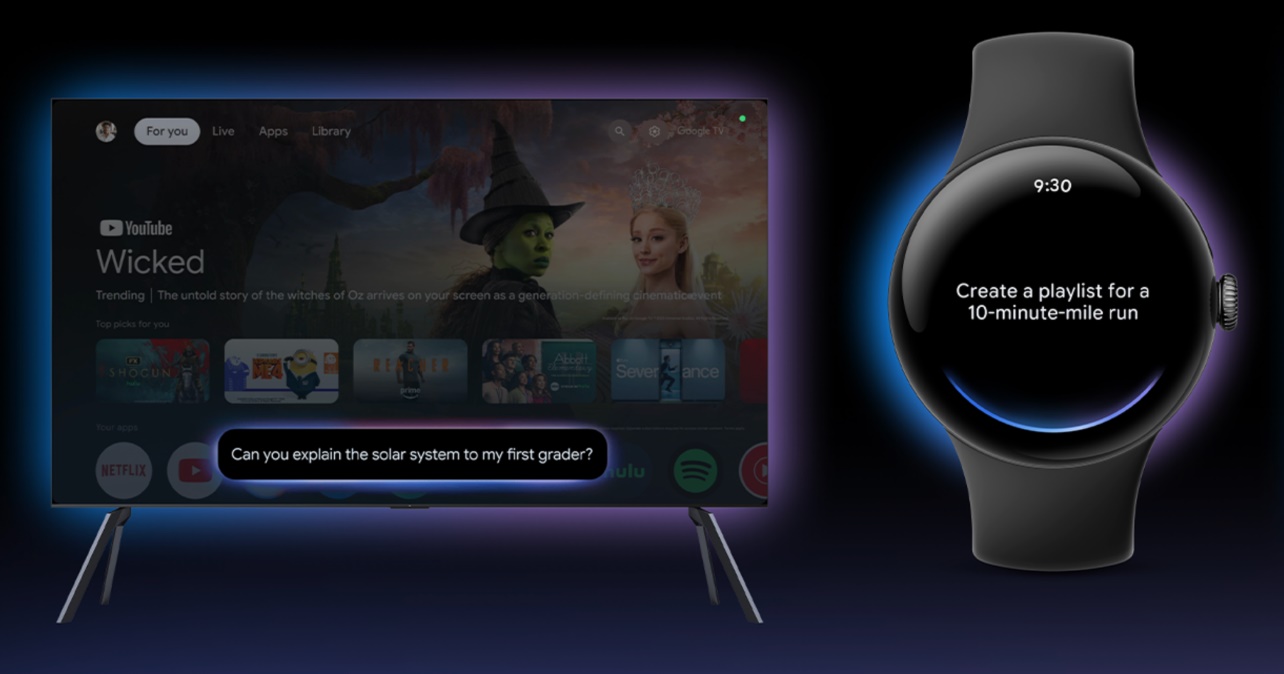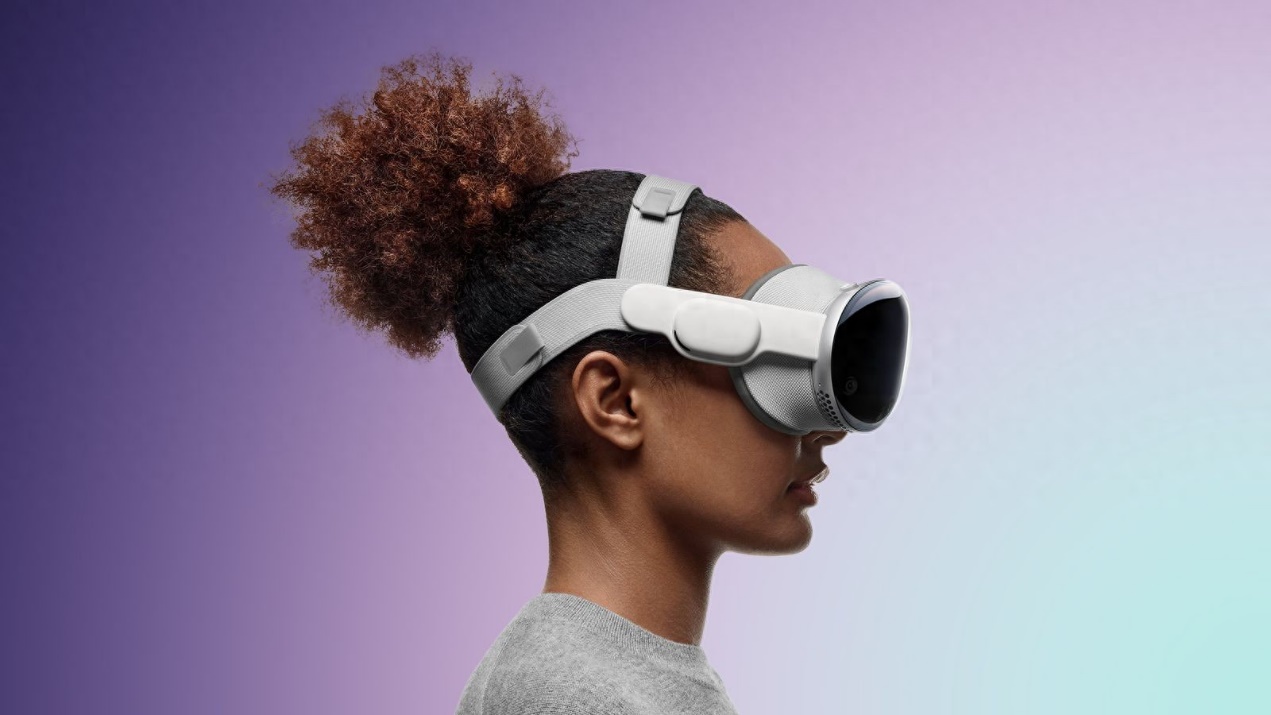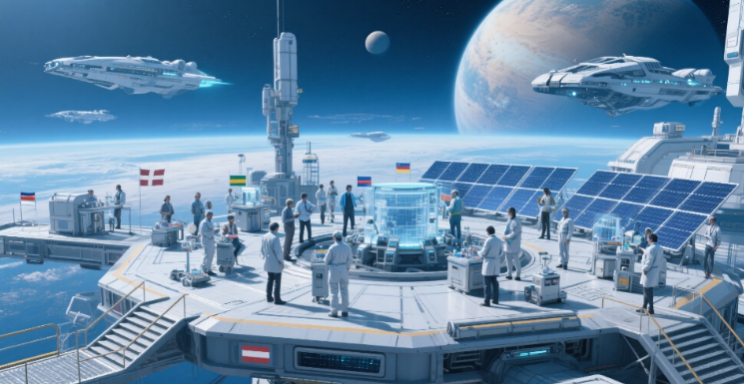The Mechanical Lion: Roaring a New Path in Personal Mobility
In a world increasingly focused on efficiency and comfort, where the future of personal transport often conjures images of sleek electric vehicles navigating paved roads, Kawasaki Heavy Industries has chosen a dramatically different path. They've decided the future might look less like a car charging in a garage and more like a lion leaping through the savannah. This bold vision is embodied in the Corleo, a fascinating four-legged robot that defies conventional transportation norms.
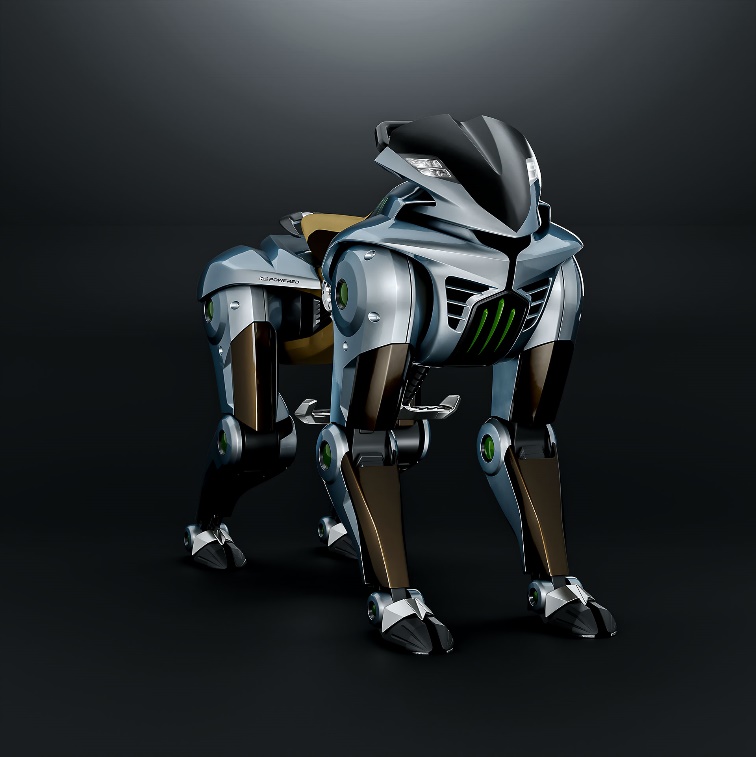
Unveiled on April 3rd, the Corleo is described by Kawasaki as a new category of personal mobility. Forget wheels; this machine boasts bionic mechanical limbs, fusing the agility and stability of Kawasaki's motorcycle heritage with the robust, go-anywhere capability of a four-legged robot. Imagine the sheer liberation: instead of being confined to asphalt, you could traverse forests, snowy mountains, or even scale rocky outcrops. It’s a concept so unconventional, so powerfully untamed, it’s easy to see why its design is directly inspired by a lion. This isn't just engineering; it's a mechanical echo of nature's most formidable explorer, a true "mechanical lion".
Controlling this futuristic beast involves a unique blend of intuition and technology. Riders will shift their weight, much like balancing on a motorcycle, complemented by handlebars integrated into a dashboard display. To ensure a ride smoother than, say, navigating rough terrain on horseback, the Corleo's back legs are designed to move independently of the rider's seat. Powering this innovative machine is a 150cc hydrogen engine, fueled by canisters neatly stored in its back section, with an anticipated top speed of 100 kilometers per hour.
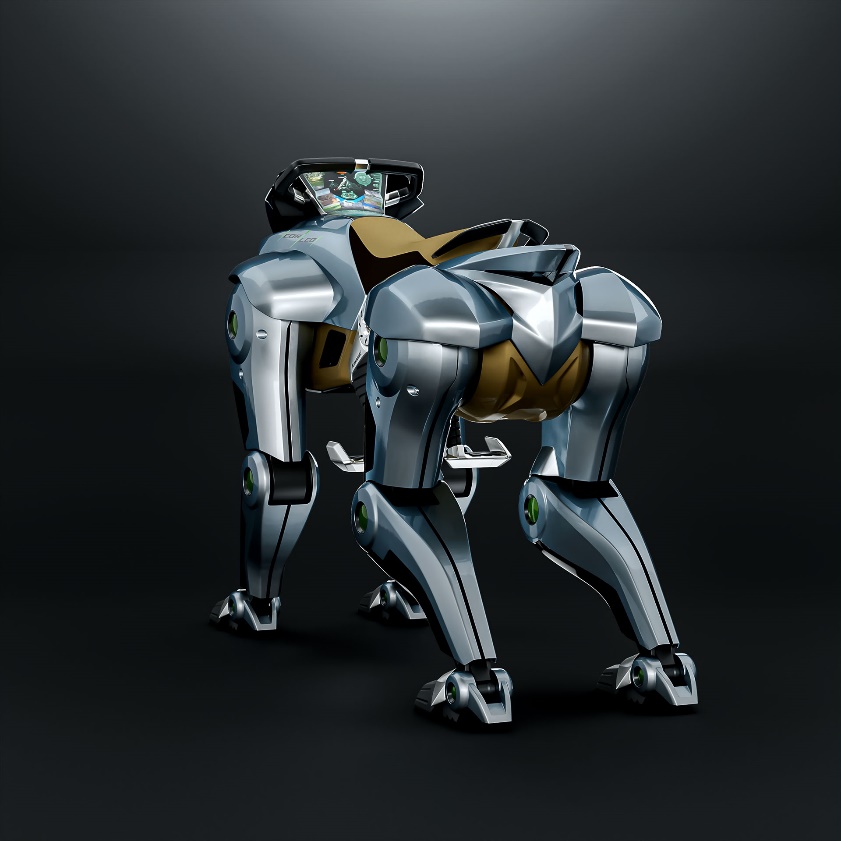
The Corleo is more than just a piece of hardware; it's a statement about innovation. While domestic new energy vehicles in China are pushing boundaries in areas like motor speed, fast charging, and creature comforts – colloquially referred to as the "fridge, TV, and large sofa" approach – Kawasaki is exploring entirely new dimensions of mobility. This contrast is stark and insightful. It highlights different philosophies in approaching the future: one perfecting the familiar, the other daring to redefine what's possible by drawing inspiration from the wild itself.
The immediate impact is clear: the internet is buzzing, with Kawasaki's promotional video racking up nearly a million views. A mock-up is currently showcased at Expo 2025 Osaka, Kansai, Japan, though for now, it can only stand and slightly crouch. The full realization of this audacious project is set for a distant horizon, with hopes to have a complete version ready by 2050.

What wisdom can we glean from this mechanical marvel? The Corleo reminds us that true innovation often leaps from the unexpected. It encourages us to break free from conventional frameworks and look to diverse fields – even nature's raw power – for inspiration. While the engineering challenge is immense, the idea itself is potent. It challenges us, the potential users and thinkers, to consider: What if mobility wasn't just about getting from A to B efficiently on established paths? What if it was about unlocking access to the untamed, the difficult, the beautifully inaccessible? For those seeking unique experiences and challenging the status quo, the Corleo offers a powerful, albeit futuristic, answer. It's a roaring invitation to rethink the ride.
(Writer:Tommy)
